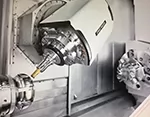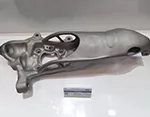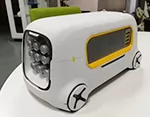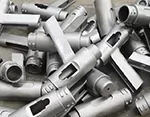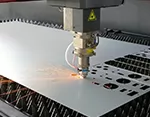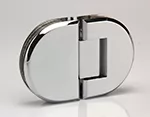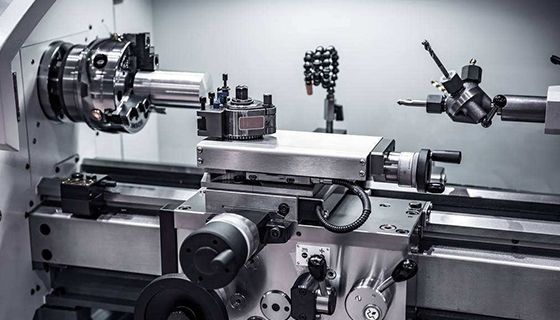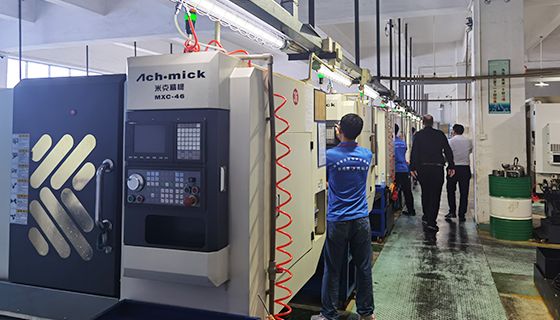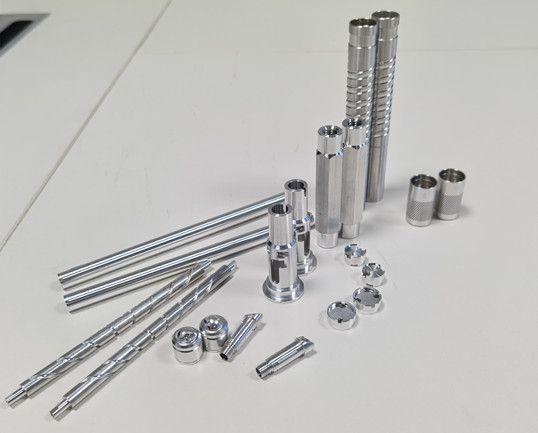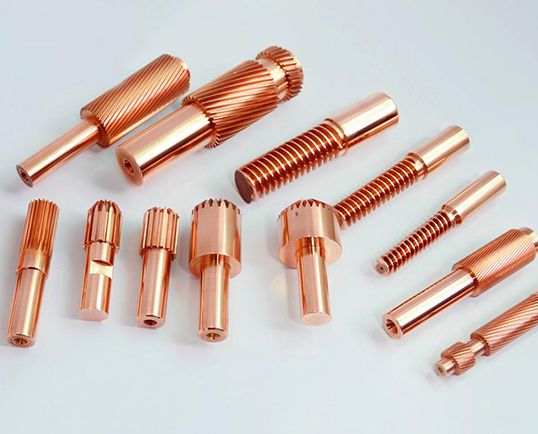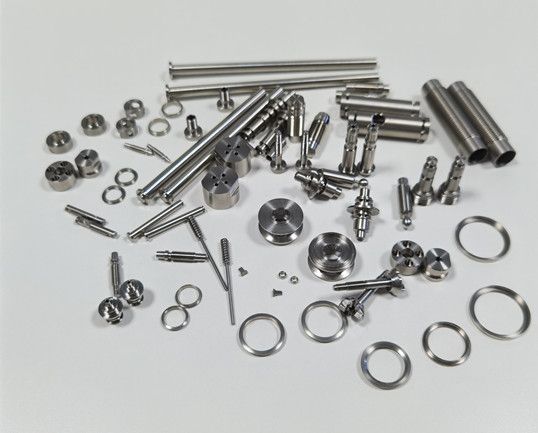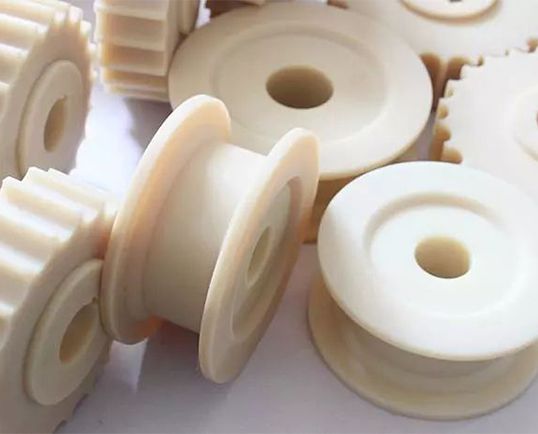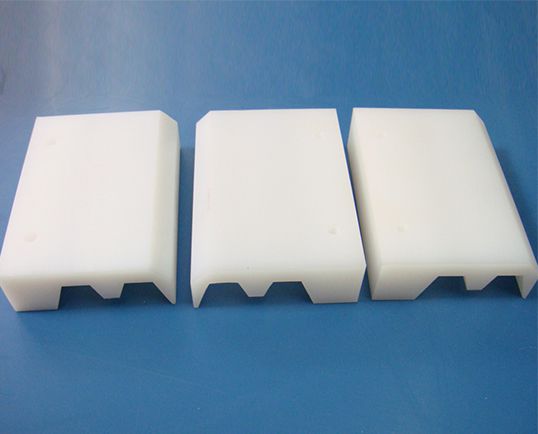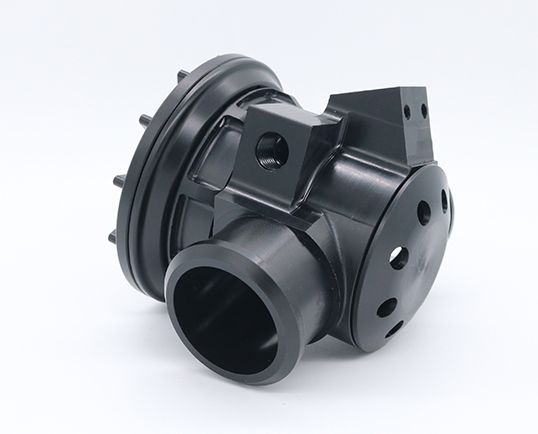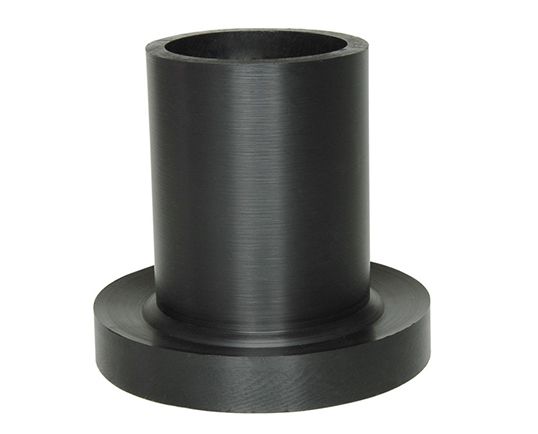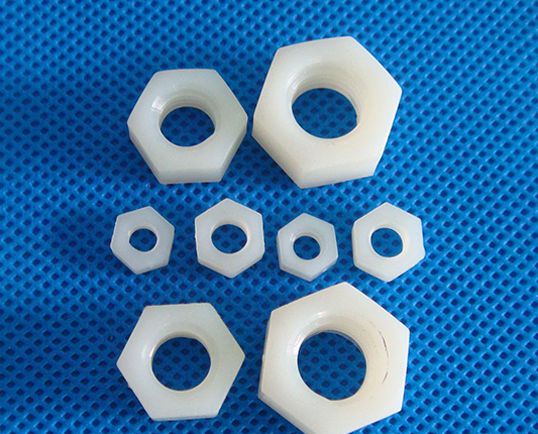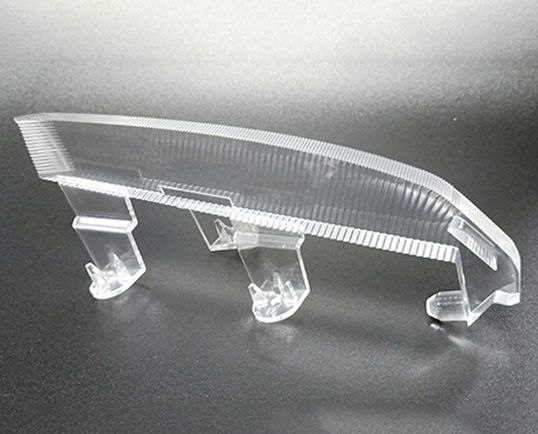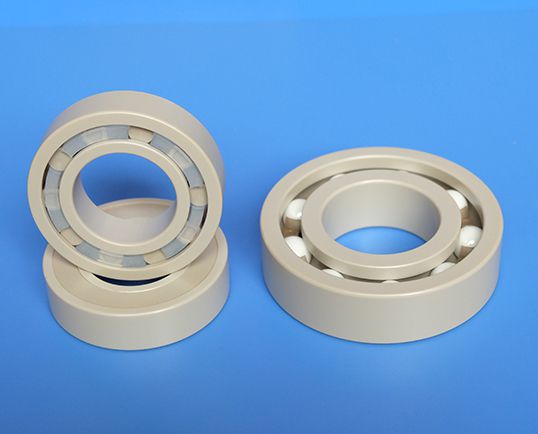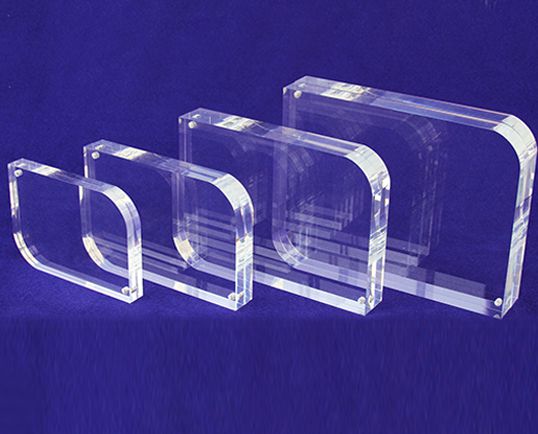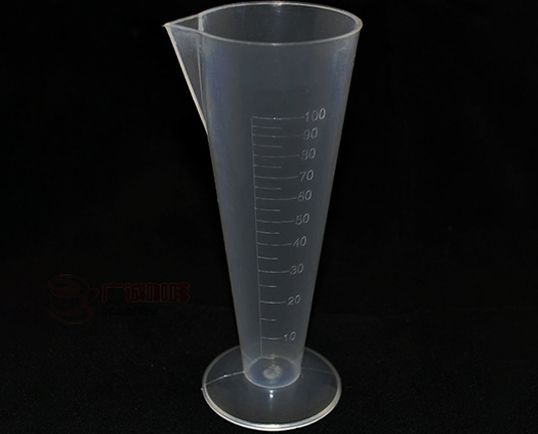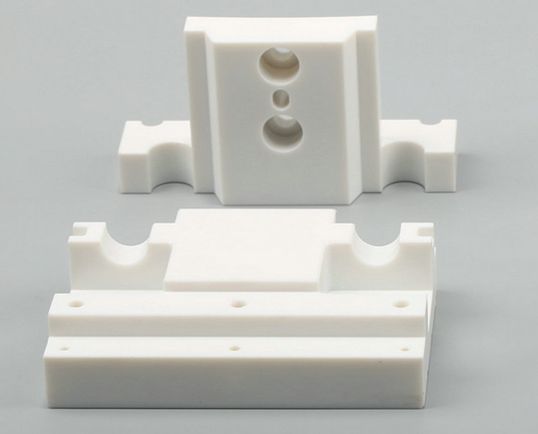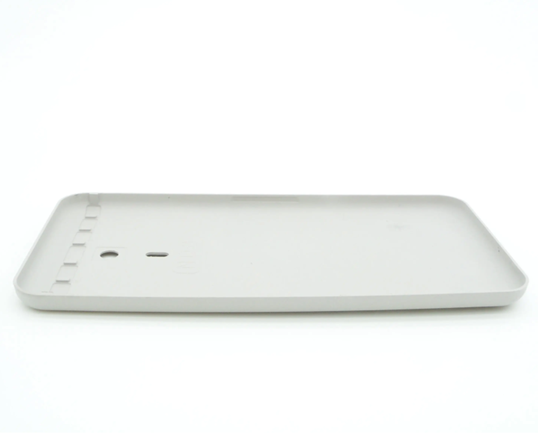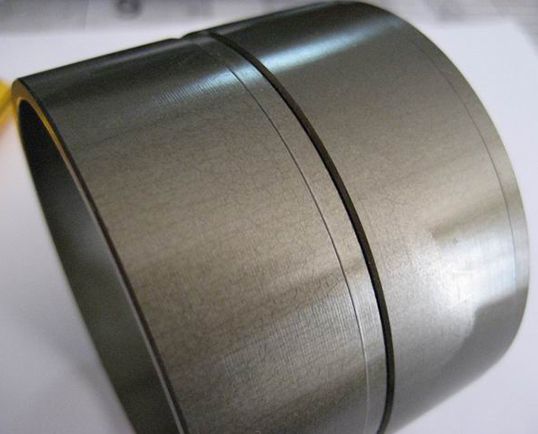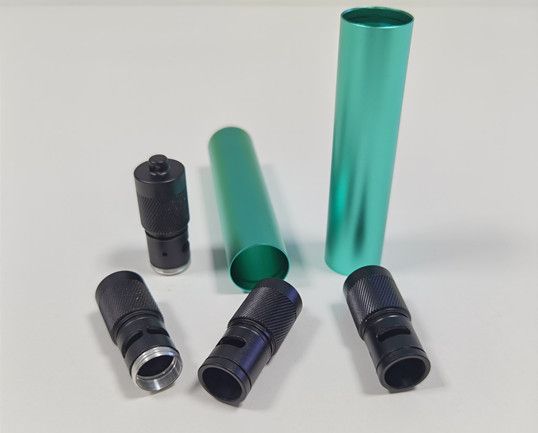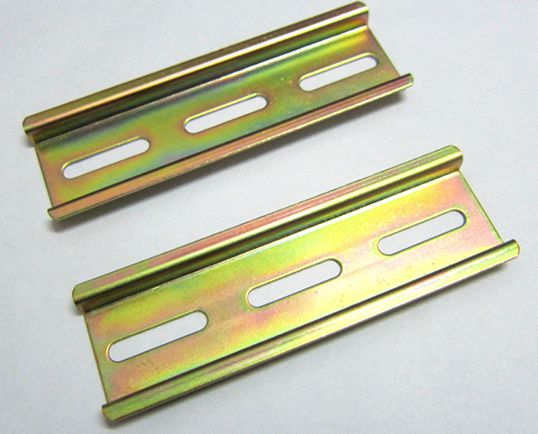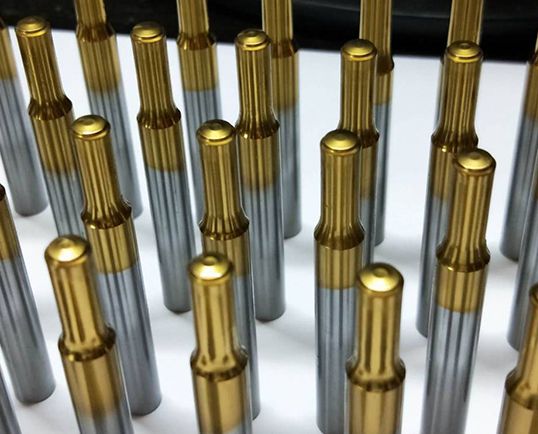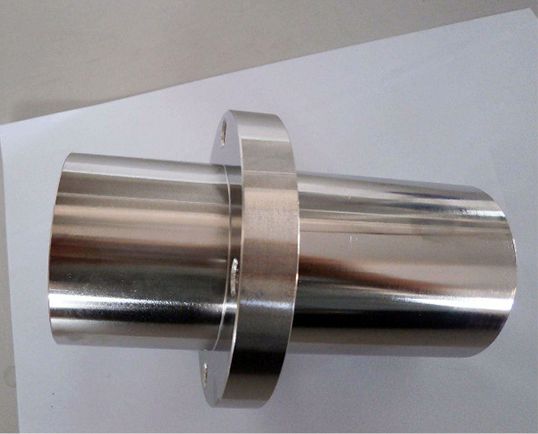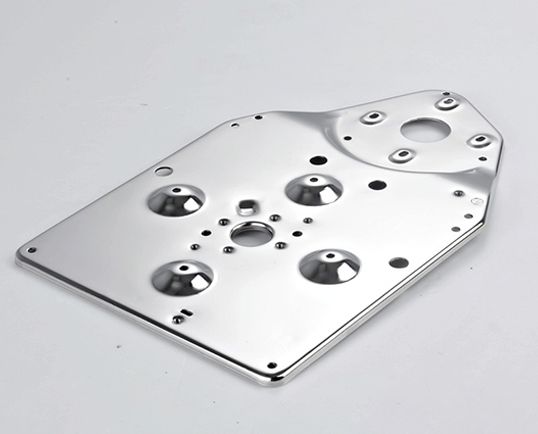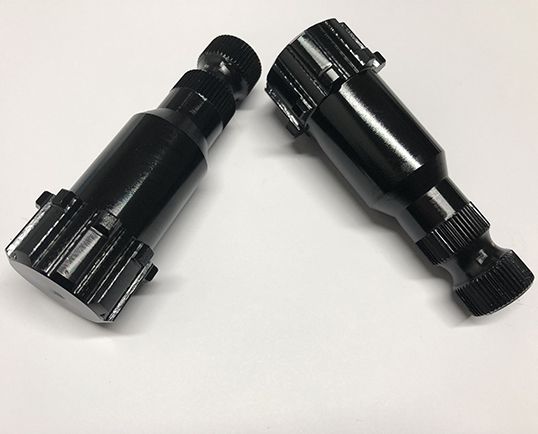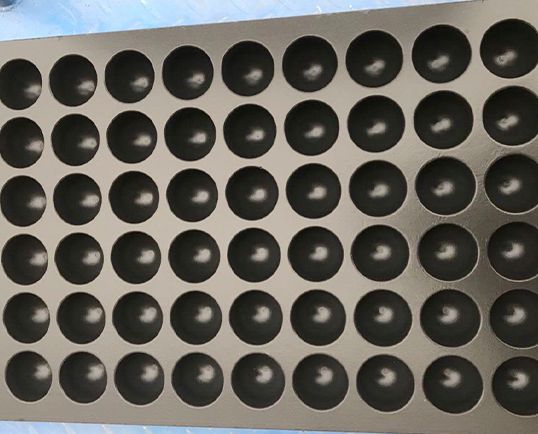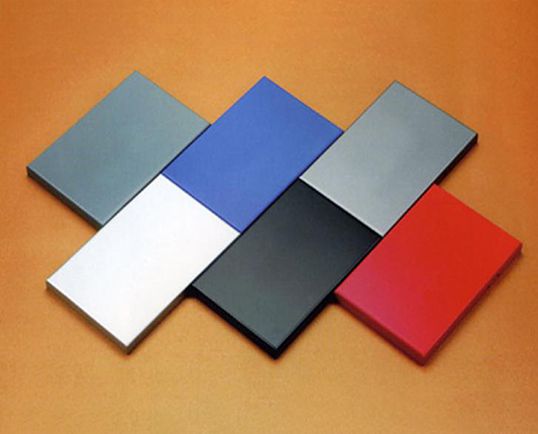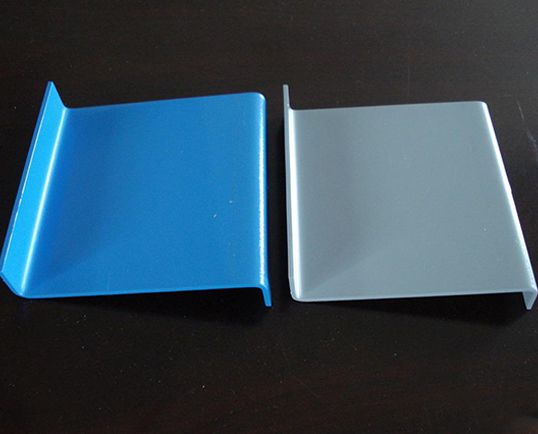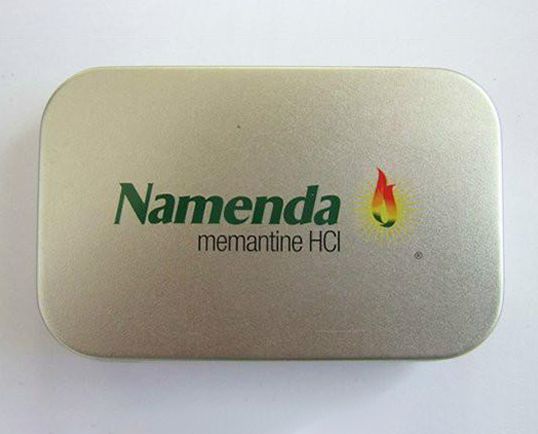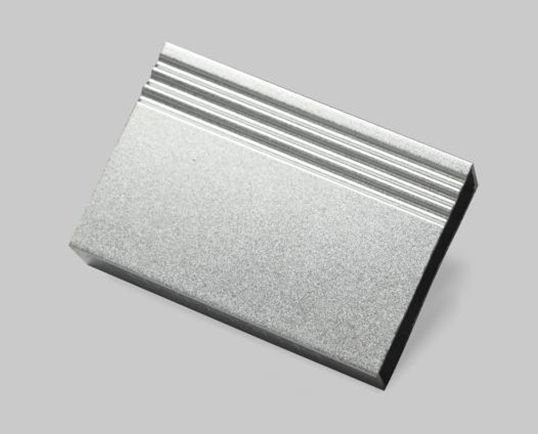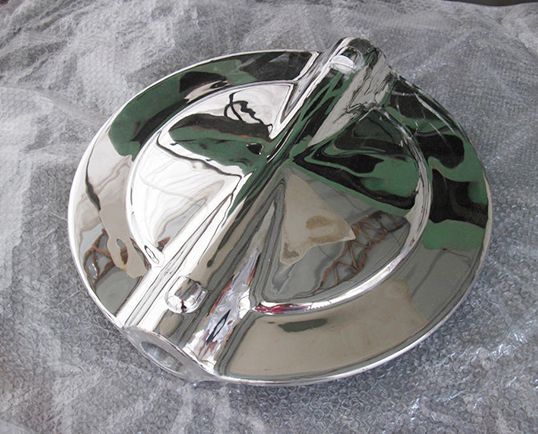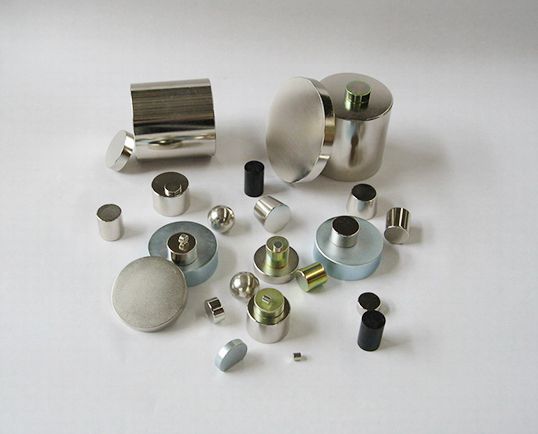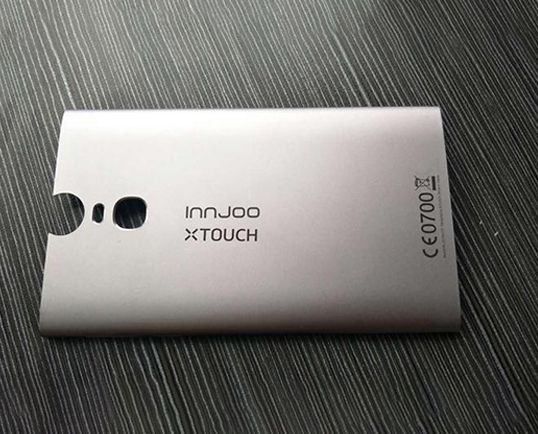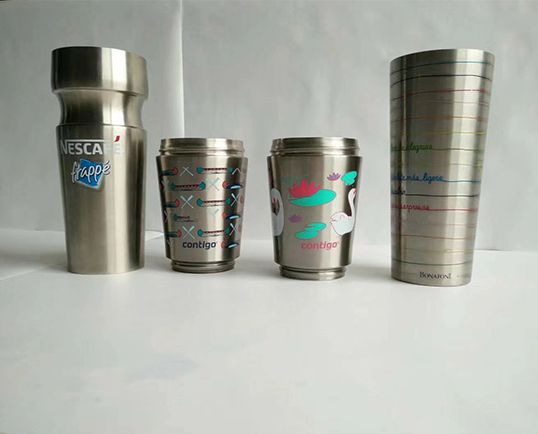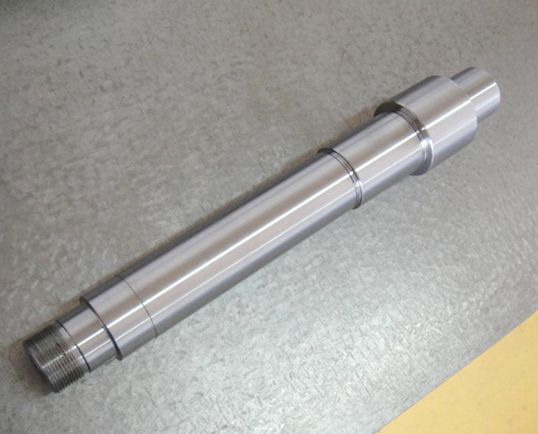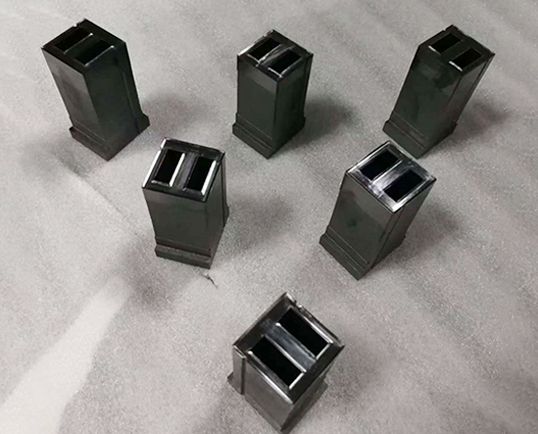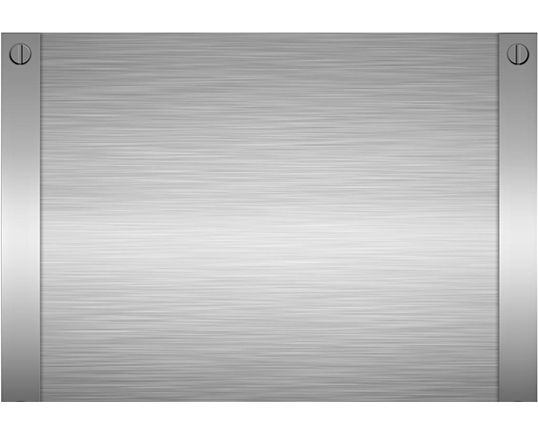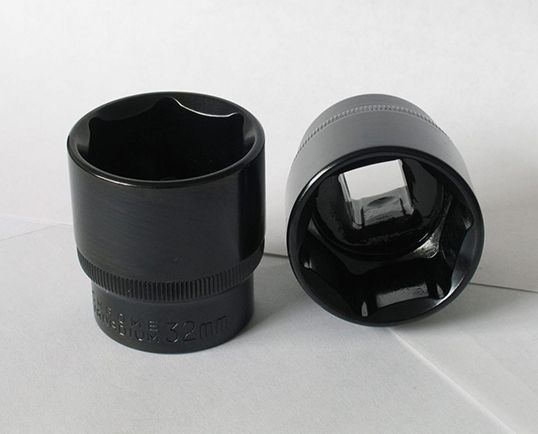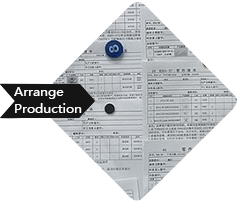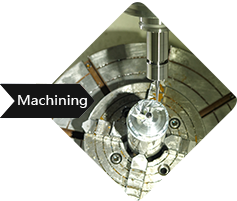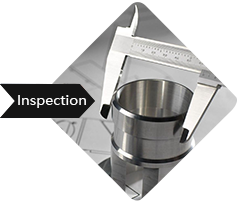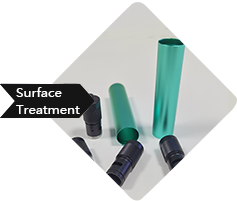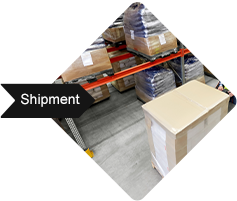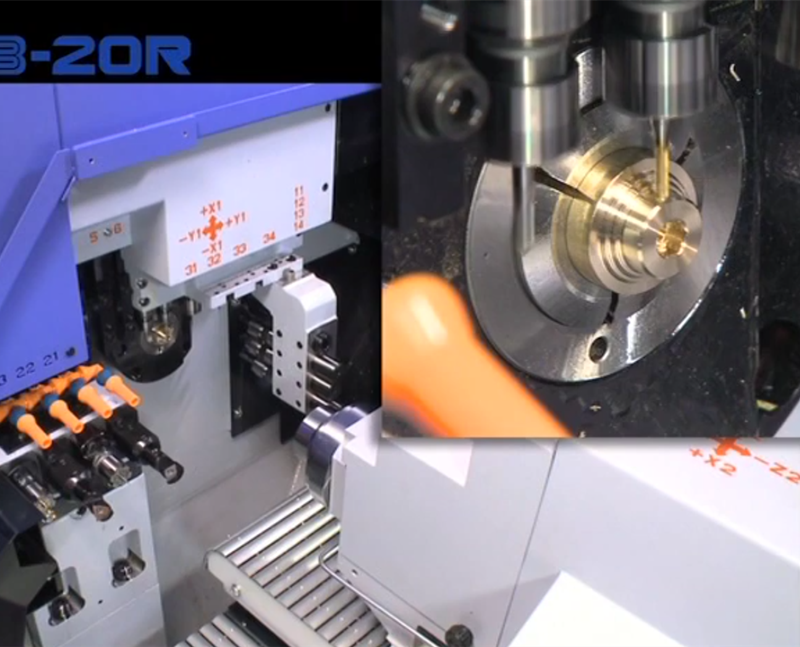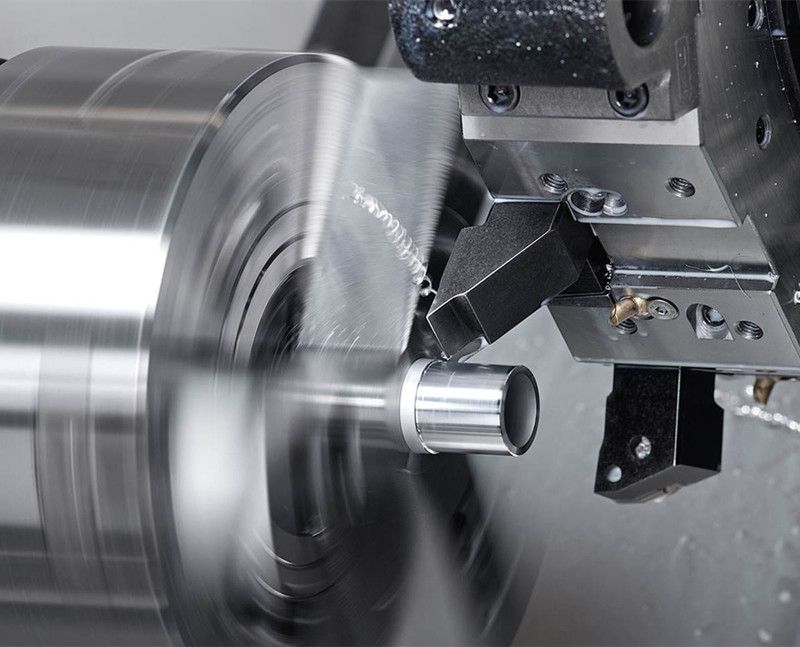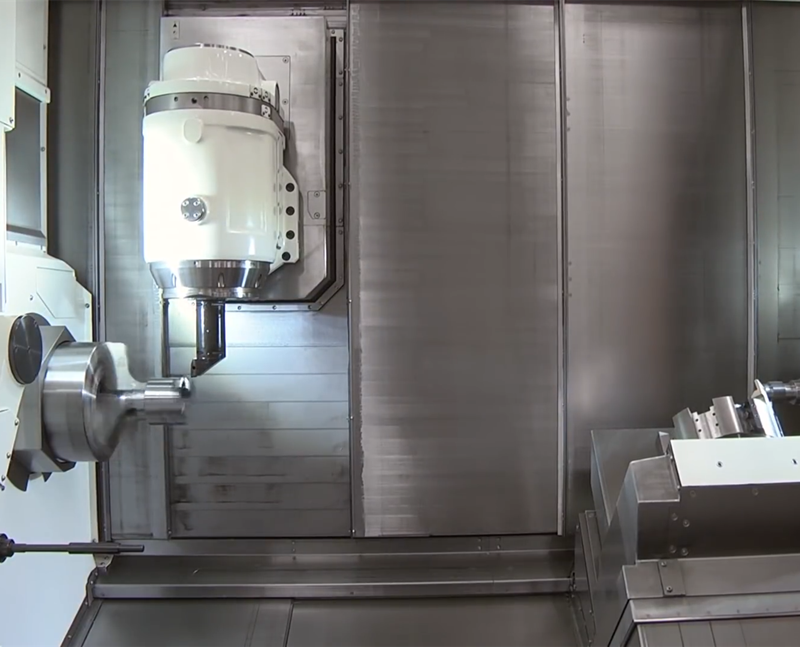-
Service
+
- CNC Precision Machining Service +
- Multi-Axis Simultaneous Machining Service +
- CNC Turning Service +
- Metal 3D Printing Service +
- Rapid Prototyping Service +
- Die Casting Service +
- Sheet Metal Fabrication Service +
-
Finish Serivces
+
- Polishing
- Grinding
- Brushed Finish
- Sand blasting
- Painting
- Powder Painting
- Anodizing
- Hard anodizing Service
- Passivation
- Zinc Plating
- Nickel Plating
- Chrome Plating
- Blackening
- Black Zinc Plating
- Teflon Coating
- Titanium Coating
- DLC Coating
- Laser Marking
- Silk Screen Printing
- Transfer Printing
- Micro Arc Oxidation
- Industries +
- About Us +
- Resource +
- Contact Us
- Quote

-
Service
-
>
-
>
-
>
-
>
-
>
-
>
-
>
-
>
-
- Industries
- About Us
- Resource
- Contact Us
Turning service is the best, simplest and cost efficient solution for the cylindrical parts. Such as the shafts, pins, rollers, spacers etc. Kesu Group has many years of experience in lathe machining, especially in CNC lathe machining. At present, Kesu Group invested 50 CNC lathe machines for turning service.
Kesu's Machines
| Machines | |||
| Machine | Quantity | Brand | Max Part Size |
| Lathe Machine | 2 | D600 x L1200MM | |
| CNC Lathe Machine | 50 | Ach-mick | D300 x L1200MM |
Inspection Equipment
| Equipment | Quantity | Brand |
| CMM | 2 | LEAD |
| 2.5D | 3 | |
| XRF Spectrometer | 1 | HITACHI |
| Altimeter | 1 | |
| Calliper | 20 | |
| Micrometer | 10 |
Kesu's Best Tolerance
| Tolerance of Metal(mm) | Tolerance of Plastic(mm) | |
| Linear Dimensions | ±0.01 | ±0.05 |
| Diameter | ±0.002 | ±0.02 |
| Precise Hole | ±0.002 | ±0.02 |
| Chamfer Heights | ±0.02 | ±0.05 |
| Angular Dimensions | ±0º5′ | ±1º |
| Straightness | ±0.002 | ±0.02 |
| Flatness | ±0.002 | ±0.01 |
| Perpendicularity | ±0.002 | ±0.01 |
| Symmetry | ±0.002 | ±0.01 |
| concentricity | ±0.002 | ±0.005 |
| parallelism | ±0.001 | ±0.01 |
Aluminum is one of the most commonly used metals in machining, as it has excellent strength-to-weight ratio, low cost, and recyclability.
Alloys:
AL5052-T651, AL6061-T651, AL 7075-T651, AL6082-T651...
Finish Options:
A.Polishing, B.Grinding, C.Brushing, D.Sandblasting, E.Painting, F.Powder Painting, G.Anodizing , H.Hard anodized, I.Teflon Coating, J.Laser Marking, K.Silk Screen, L.Transfer Printing.
Copper has excelent electricity and thermal conductivity, which is widely used in electrical applications.
Alloy:
T1、T2、T3、TU1、TU2b
Finish Options:
A.Polishing, B.Grinding, C.Brushing, D.Laser Marking, E.Silk Screen, F.Transfer Printing.
Stainless steel is a high strength alloy with high hardness and great resistance to corrsion and rust due to its chrome and carbon content.
Alloys:
201, 303, 304, 316, 410, 420, 17-4PH...
Finish Options:
A.Polishing, B.Grinding , C.Brushing, D.Sandblasting, E.Painting, F.Powder Painting, G.Passivation, H.Zinc Plating, I.Black & zinc, J.Teflon, K.Titanium Coating , L.Laser Marking , M.Silk Screen , N.Transfer Printing .
ABS is a low-cost plastic with good comprehensive performance, and widely used in machinery, electrical, automobile and aircraft.
Available Color: Natural, Black
Available Finish: Painting
Delrin is a POM material, which belong to the Dupont Company. Delrin has low-friction, high-stiffness, and a relatively high toughness and minimal elongation, as well as excellent dimensional accuracy.
Available Color: White, Black
High-density polyethylene (HDPE) has great resistance to acid, alkali and organic solvent, as well as excelent electrical insulation. It's widely used in plugs and seals.
Available Color: Black, White
Nylon is a popular plastic which has great resistance to friction and chemical wear, as well as great electrical insulation.
Available Nylon: PA6, PA66
Available Color: White, black or others.
Polycarbonate (PC), is heat-resistant, impact-resistant, flame-retardant, and one of the most common plastics used in manufacturing.
Available Color: Clear, black, glossy
Usually, PEEK is used to machine high precision plastic parts. It has great resistant to moisture, wear, chemicals, high temperature, high electricity, sunshine etc.
Available PEEK: German Imported PEEK, Japan Imported PEEK
Available Color: Opaque beige
Acrylic or PMMA, is a scratch-resistant plastic material, often used for tanks, panels, and optical applications.
Available Color: Optically clear, opaque
Polypropylene (PP) resists most solvents and chemicals, which makes it a wonderful material to manufacture laboratory equipment and containers for a variety of applications. PP also offers good fatigue strength.
Colors: White (semi-clear or opaque)
Commonly known as Teflon, PTFE resists high temperatures and chemicals/solvents excellently in and is also a great insulator. It is also a very slippery plastic, which makes it a good material for low-friction applications such as bearings.
Available Color: Black, white (opaque)
Applicable Material
Aluminium, Steel, Stainless Steel, Brass, Bronze, Copper, Titanium, Magnesium, ABS, HDPE, Nylon, PC, POM, PMMA, PTFE
Applicable Material
Aluminium, Steel, Stainless Steel,Brass, Bronze, Copper, Titanium, Magnesium, ABS, HDPE, Nylon, PC, POM, PMMA, PTFE
Applicable Material
Aluminium, Steel, Stainless Steel,Brass, Bronze, Copper, Titanium, Magnesium, ABS, HDPE, Nylon, PC, POM, PMMA, PTFE
| Tolerance for Metal Parts | |
| ISO 2768-F | |
| Table 1 - Linear Dimensions | |
| Permissible deviations in mm for ranges in nominal lengths | Tolerance Class Designation (Description) |
| f (fine) | |
| 0.5 up to 3 | ±0.05 |
| over 3 up to 6 | ±0.05 |
| over 6 up to 30 | ±0.1 |
| over 30 up to 120 | ±0.15 |
| over 120 up to 400 | ±0.2 |
| over 400 up to 1000 | ±0.3 |
| over 1000 up to 2000 | ±0.5 |
| over 2000 up to 4000 | – |
| For nominal sizes below 0.5 mm, the deviations shall be indicated adjacent to the relevant nominal size(s). | |
| Tolerance for Plastic Parts | |
| ISO 2768-M | |
| Table 1 - Linear Dimensions | |
| Permissible deviations in mm for ranges in nominal lengths | Tolerance Class Designation (Description) |
| m (medium) | |
| 0.5 up to 3 | ±0.1 |
| over 3 up to 6 | ±0.2 |
| over 6 up to 30 | ±0.3 |
| over 30 up to 120 | ±0.5 |
| over 120 up to 400 | ±0.8 |
| over 400 up to 1000 | ±1.2 |
| over 1000 up to 2000 | ±2.0 |
| over 2000 up to 4000 | – |
| For nominal sizes below 0.5 mm, the deviations shall be indicated adjacent to the relevant nominal size(s). | |
Lathe Machining
Lathe machining is one part of mechanical machining, and there are two main types of machining. One of them need fix the turning tool, and process the unfinished workpiece during rotation. The other one need get the workpiece fixed and make it rotating in the high-speed, and then get the turning tool or tool holder moving horizontally or vertically.
Turning
Turning will change the shape and dimension of the row material via the rotation of workpiece and the linear movement of tool, till the workpiece met the requirements of drawings.
During turning, the workpiece will be rotating relatively to the tool on the lathe , then get the workpiece cutting. The cutting energy of turning is mainly provided by the workpiece rather than the tool. Turning is the most basic and common cutting method, and it occupies a very important position in production.
Turning is suitable for machining revolving surfaces. Most workpieces with revolving surfaces can be machined by turning methods. Such as inner and outer cylindrical surface, inner and outer conical surface, end surface, groove, thread and rotary forming surface. The tools used are mainly turning tools.
Among all kinds of metal cutting machines, lathes are the most widely used.The lathe can not only use turning tools to turn the workpiece, but also use drills, reamers, taps and knurling tools for drilling, reaming, tapping and knurling operations.
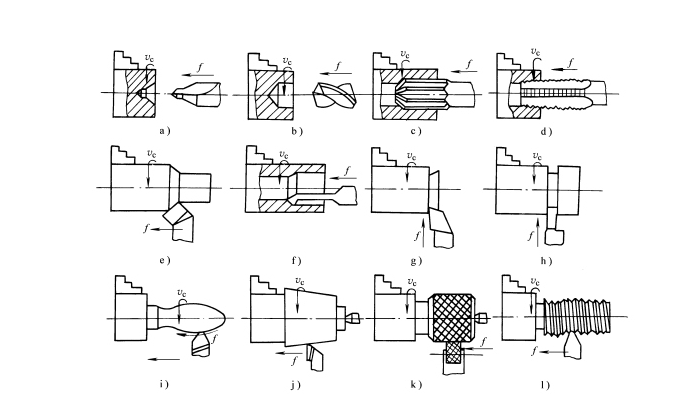
Lathe type
According to different process characteristics, layout forms and structural characteristics, lathes can be divided into horizontal lathes, floor lathes, vertical lathes, turret lathes, and profiling lathes. But most of the on-using lathes are horizontal lathes.

